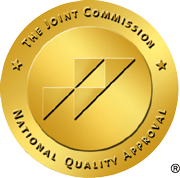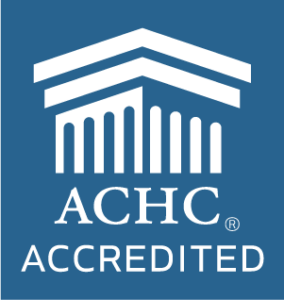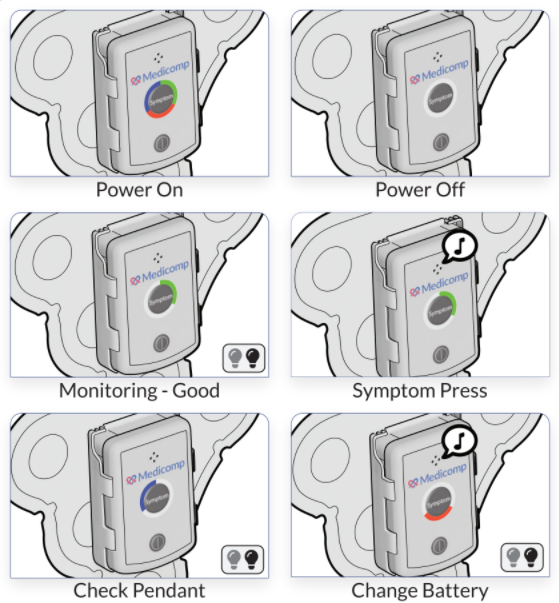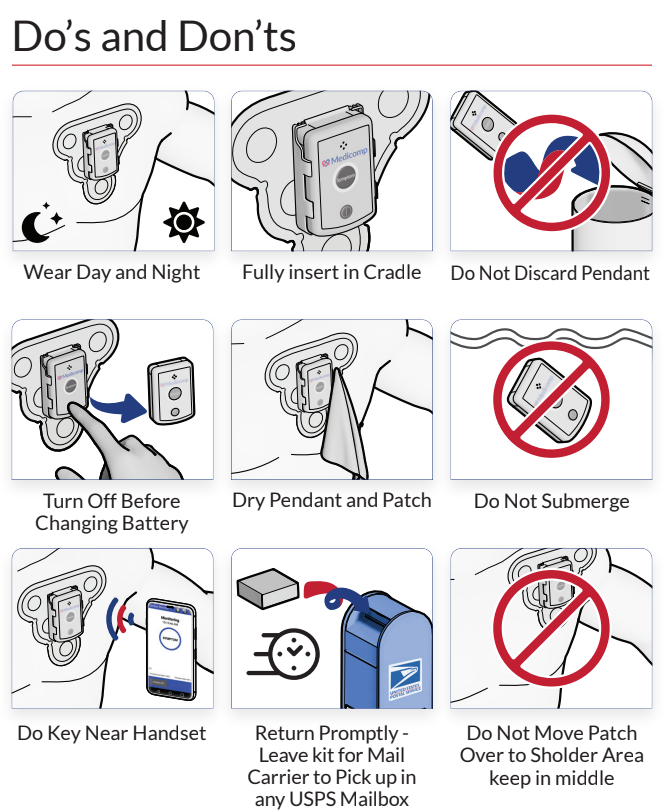Connectivity is a buzzword for an age-old idea: communication. In today’s fast-paced world, it seems connectivity may have been pushed to the wayside. We no longer have time to visit with friends, family, or patients as long or as often as we wish. However, the advent of wireless devices and social media has opened connectivity to a new and extremely interactive level.
The medical community is not immune to this new wave of connectivity. Many devices track patient health, from a personal fitness band to a physician-ordered ECG patch. With fitness and health statistics available at our fingertips, overall patient fitness is no longer as complex a puzzle to assemble.
In the past, patients arrived at a predetermined appointment and listed symptoms and asked for a cure. If physicians were lucky, the patients remembered to write down symptoms with approximate times or duration of an event. Sometimes patients would bring a list of medications they were taking for long-term care, but they were often unsure of dosages. Connectivity changes all this.
With the advent of computers, smartphones, and other wireless devices, health care professionals are able to send information via email or patient portal systems for patients to verify the physicians’ findings. In return, patients with chronic, debilitating health-related issues are able to monitor their health with ECG patches, event recorders, or other forms of self-reporting devices. The data streams to technicians who read and assimilate information to determine distinct anomalies. With constant monitoring, physicians have a record of all cardiac activity between patient visits to match events with oral reports from the patients. Even better, patients are more aware of their own health and can quickly self-monitor if an activity increases or decreases cardiac events.
Current technological advances have made diagnostic procedures less challenging and have drastically increased the likelihood of a positive patient outcome. Physicians are more likely to prescribe a medical procedure or pharmaceutical dosage without reservation, and with concrete proof of cardiac events, insurance providers have a greater chance of accepting a course of treatment than they would without data. In all, connectivity via wireless communication may cause people to meet face-to-face less frequently, but the data gathered between those visits will generate more positive results than ever before.
For more information on the latest trends in health care and portable cardiac monitoring, such as the ECG patch, read our past blogs, or give the professionals at ReactDx a call at (800) 23-HEART (234-3278).



